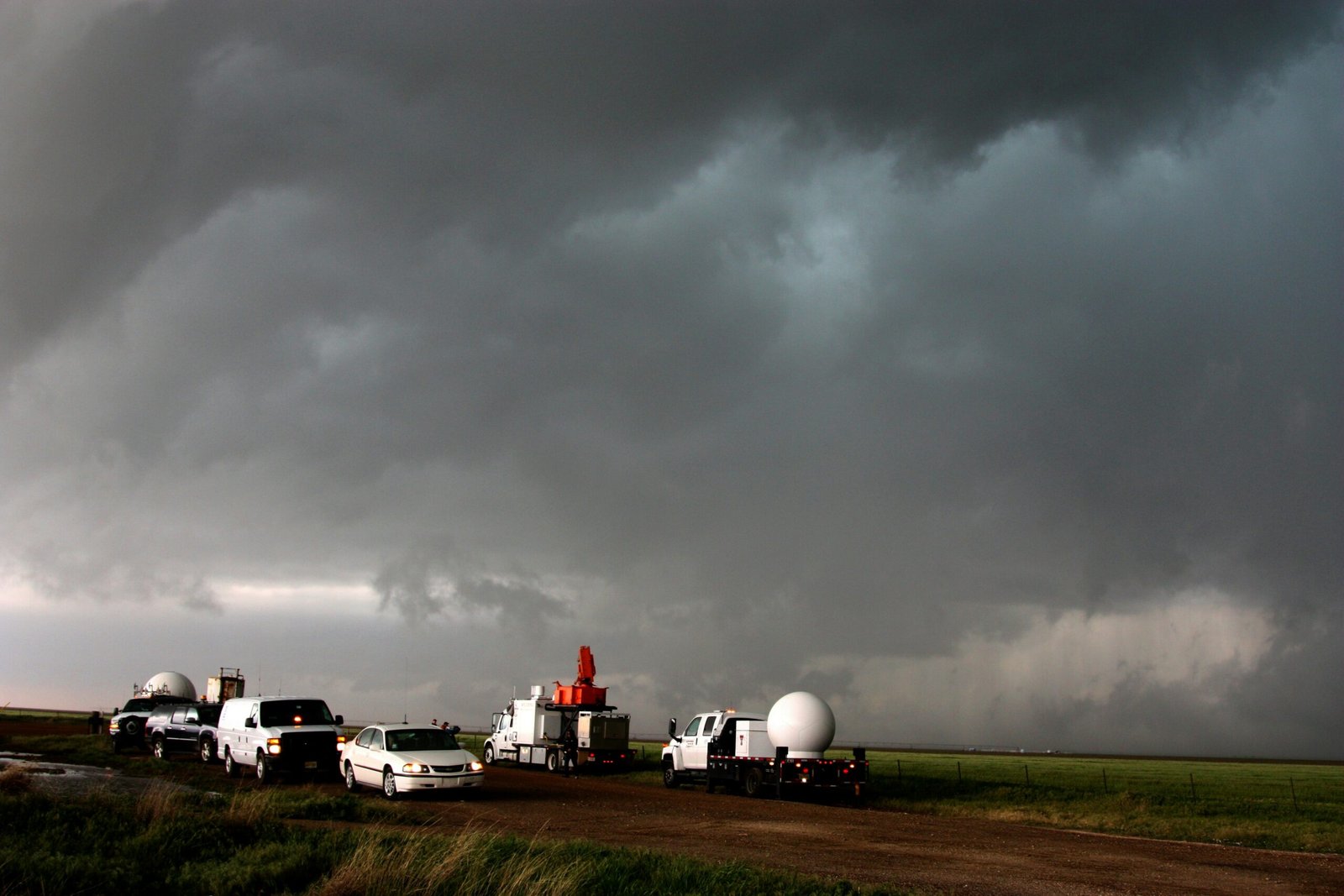Weather Forecast Live Weather
Introduction to Live Weather
Welcome to the exciting world of live weather! Gone are the days of relying solely on traditional forecasts or sticking your head out the window to judge what Mother Nature has in store for you. With advancements in technology, we now have access to real-time updates and accurate predictions right at our fingertips. Whether you’re planning a weekend getaway, organizing an outdoor event, or simply curious about whether you’ll need an umbrella tomorrow morning, live weather services can be your ultimate companion.
In this blog post, we will explore the benefits of using live weather services, showcase popular apps and websites that provide up-to-the-minute information, discuss the accuracy of these forecasts, offer tips on integrating live weather into your daily life, touch upon how climate change impacts forecasting technology, and ultimately emphasize the importance of utilizing live weather for a more informed future.
So grab a cup of coffee (or maybe even an umbrella), sit back and join us as we dive into the world of live weather forecast!
Benefits of Using Live Weather Services
Live weather services offer a multitude of benefits to users, providing them with up-to-date and accurate information about current and future weather conditions. These services have become increasingly popular in recent years due to their convenience and reliability.
One of the main advantages of using live weather services is the ability to plan your activities or travel arrangements accordingly. Whether you’re going on a weekend getaway or simply planning your daily commute, having access to real-time weather updates allows you to make informed decisions. You can avoid unexpected rain showers, snowstorms, or extreme heat by adjusting your plans based on the forecast.
Live weather services also help individuals stay safe during severe weather events. By receiving timely alerts and warnings about approaching storms or other hazardous conditions, people can take necessary precautions such as seeking shelter or evacuating vulnerable areas. This can be especially crucial in regions prone to hurricanes, tornadoes, or flash floods.
Additionally, live weather services provide valuable insights for various industries such as agriculture and transportation. Farmers can optimize irrigation schedules based on rainfall forecasts, while airlines and logistics companies can better plan routes and manage delays caused by adverse weather conditions.
Moreover, these services enable outdoor enthusiasts to enjoy recreational activities more safely. Whether you’re hiking, biking, surfing, or participating in any outdoor sport or hobby that is influenced by meteorological factors like wind speed or UV index – having access to real-time data helps ensure that you are prepared for optimal conditions.
In conclusion (based on user’s request), utilizing live weather services brings numerous benefits including improved planning capabilities for individuals’ daily lives; enhanced safety measures during severe weather events; optimized operations for various industries; as well as increased enjoyment of outdoor activities through reliable forecasting technology
Examples of Popular Live Weather Apps and Websites
When it comes to accessing real-time weather information, there are several popular apps and websites that provide reliable live weather updates. These platforms offer a range of features and tools to help users stay informed about local conditions and make informed decisions about their daily activities.
One such app is AccuWeather, known for its accurate forecasts and detailed radar maps. With a user-friendly interface, it provides hourly, daily, and even long-range forecasts. Users can customize notifications based on their location preferences.
Another widely used app is The Weather Channel. This app offers not only basic weather information but also severe weather alerts and storm tracking capabilities. It also provides interactive radar maps with real-time precipitation data.
For those who prefer a more minimalist design, Dark Sky offers a sleek interface with hyper-local minute-by-minute forecasts. It uses GPS technology to provide precise weather information for your exact location.
Weather Underground is another popular option that combines crowd-sourced data from its network of personal weather stations with traditional forecast models. It allows users to access hyper-localized reports from nearby stations in addition to standard meteorological data.
These examples represent just a fraction of the many live weather apps and websites available today. Each has its own unique features, so it’s worth exploring different options to find the one that best suits your needs.
How Accurate is Live Weather?
When it comes to planning our daily activities or making important decisions, having accurate weather information is crucial. Live weather services have become increasingly popular for their ability to provide real-time updates and forecasts. But just how accurate are these live weather predictions?
Live weather utilizes advanced technology and data analysis algorithms to collect and process vast amounts of meteorological data from various sources such as satellites, radar systems, and ground-based sensors. This allows them to generate highly detailed forecasts with a high level of accuracy.
However, it’s important to remember that no forecast is 100% perfect. Weather patterns can be unpredictable at times, especially during extreme events like hurricanes or severe thunderstorms. While live weather services strive for accuracy, there may still be some margin of error in their predictions.
To improve the accuracy of live weather forecasts, meteorologists continuously monitor and update their models based on new data inputs. They analyze historical patterns, atmospheric conditions, and computer simulations to refine their predictions further.
In addition to technological advancements, human expertise also plays a significant role in improving forecast accuracy. Experienced meteorologists review the output generated by the algorithms and make adjustments based on their knowledge of local climate patterns.
While occasional discrepancies between predicted conditions and actual outcomes can occur due to unforeseen factors such as microclimates or sudden changes in atmospheric dynamics, overall live weather services offer reliable information for day-to-day planning.
It’s worth noting that user feedback also contributes to enhancing accuracy over time. Users often provide valuable insights about actual conditions versus forecasted ones through crowd-sourcing platforms associated with live weather apps or websites.
So while we can expect a good level of accuracy from live weather services most of the time when it comes to short-term forecasting (within a few days), it’s essential not to rely solely on these predictions but rather use them as an informative tool alongside personal observations.
By understanding how accurate live weather can be within its limitations and combining it with your own observations, you can make more informed decisions and stay prepared for whatever Mother Nature has in
Tips for Using Live Weather in Your Daily Life
Tips for Using Live Weather in Your Daily Life
1. Stay prepared for outdoor activities: Whether you’re planning a picnic, going hiking, or simply heading out for a run, checking the live weather can help you prepare accordingly. Knowing if it will rain or be sunny can make a significant difference in your plans.
2. Plan your commute: Live weather updates can be extremely helpful when it comes to planning your daily commute. If there’s heavy rainfall, you may want to leave earlier or consider alternative routes to avoid traffic jams and delays.
3. Dress appropriately: One of the most practical ways to use live weather is by dressing appropriately for the day ahead. Checking the temperature and knowing if it will be hot or cold can ensure that you dress comfortably and stay comfortable throughout the day.
4. Protect your outdoor plants: If you have a garden or potted plants outside, knowing about any upcoming storms or extreme temperatures can help you take necessary precautions to protect them from damage.
5. Stay informed during travel: When traveling, especially long distances, keeping updated with live weather conditions along your route can help you anticipate any potential hazards such as strong winds or snowfall that may affect driving conditions.
6. Plan outdoor events: Hosting an outdoor event? Check the live weather forecast beforehand to choose the best date with favorable conditions and ensure an enjoyable experience for everyone attending.
7. Be aware of severe weather alerts: Live weather services often provide alerts for severe weather conditions such as hurricanes, tornadoes, and thunderstorms well in advance so that people can take necessary safety measures and stay safe during challenging situations.
8. Make informed decisions based on air quality index: Some live weather apps also provide information on air quality index (AQI). This feature allows individuals with respiratory issues like asthma to plan their activities accordingly by avoiding areas with poor air quality levels.
By utilizing live weather services effectively in our daily lives, we not only become more prepared but also make smarter decisions that align with the current weather conditions. So,
The Impact of Climate Change on Forecasting Technology
The Impact of Climate Change on Forecasting Technology
Climate change has become an undeniable reality in our world today, and its effects are being felt across various industries. One area that is significantly impacted by climate change is forecasting technology. As the climate continues to shift and become more unpredictable, traditional forecasting methods may no longer be sufficient.
One of the main challenges posed by climate change is the increased frequency and intensity of extreme weather events. This means that forecasting models need to adapt and account for these changes in order to provide accurate predictions. Additionally, rising temperatures can affect atmospheric conditions, leading to shifts in wind patterns and precipitation levels.
To address these challenges, meteorologists and scientists are constantly working on improving forecasting technology. They are developing more sophisticated models that take into account not only historical data but also real-time observations from weather stations around the world. These advancements enable forecasters to better understand how climate change affects weather patterns and make more accurate predictions.
Furthermore, advancements in technology have allowed for the collection of vast amounts of data from various sources such as satellites, drones, buoys, and even social media platforms. By analyzing this big data using artificial intelligence algorithms, forecasters can gain valuable insights into changing weather patterns caused by climate change.
However, despite these efforts, it’s important to note that forecasting technology will never be 100% accurate due to the complex nature of Earth’s atmosphere. Climate change adds further complexity as it introduces new variables that may not have been present before.
In conclusion (not included in this section), while climate change poses significant challenges for forecasting technology, advancements continue to be made to improve accuracy. It’s crucial for individuals and communities alike to stay informed about live weather updates provided by reliable sources so they can plan accordingly and mitigate potential risks associated with changing weather patterns.
Conclusion: Utilizing Live Weather for a More Informed Future
Utilizing Live Weather for a More Informed Future
As technology continues to advance, the field of weather forecasting has greatly benefited from live weather services. These services provide real-time updates and accurate predictions that can help us make informed decisions about our daily lives. Whether you’re planning an outdoor event, scheduling a trip, or simply curious about what the day holds, live weather is your go-to resource.
By using live weather apps and websites, we gain access to a wealth of information that can be invaluable in various situations. With just a few taps on our smartphones or clicks on our computers, we can check current conditions such as temperature, humidity levels, wind speed, and precipitation forecasts. This allows us to plan ahead accordingly and stay prepared for any upcoming changes in the weather.
One of the major benefits of utilizing live weather services is their ability to provide hyper-local forecasts. Instead of relying on generic regional predictions, these platforms use advanced technologies like GPS tracking and data analysis to deliver location-specific information. This means you’ll receive accurate forecasts tailored specifically to your area rather than generalized estimations.
There are numerous popular live weather apps and websites available today that offer comprehensive features for users worldwide. Some examples include Weather.com, AccuWeather, The Weather Channel App, Dark Sky (now owned by Apple), and many more. These platforms provide detailed hourly forecasts as well as extended outlooks so you can plan not only for today but also for the days ahead.
Of course accuracy is always a concern when it comes to weather forecasting. While no prediction method is 100% foolproof due to the inherent variability of nature itself; advancements in technology have significantly improved forecast accuracy over time. Live weather services utilize sophisticated algorithms combined with vast amounts of historical data and real-time observations from meteorological stations around the world to generate precise predictions.
To get the most out of live weather services in your daily life:
1) Keep multiple reliable sources at hand and compare forecasts to ensure accuracy.
2) Understand the limitations of weather forecasting



